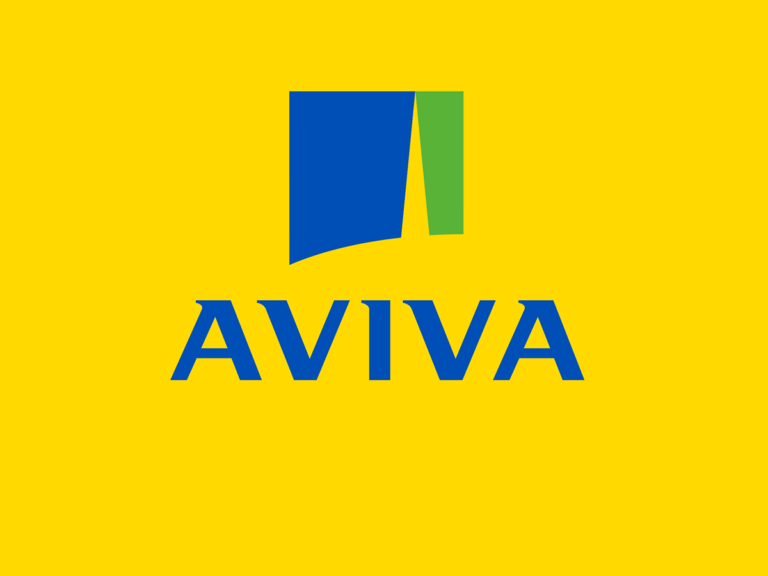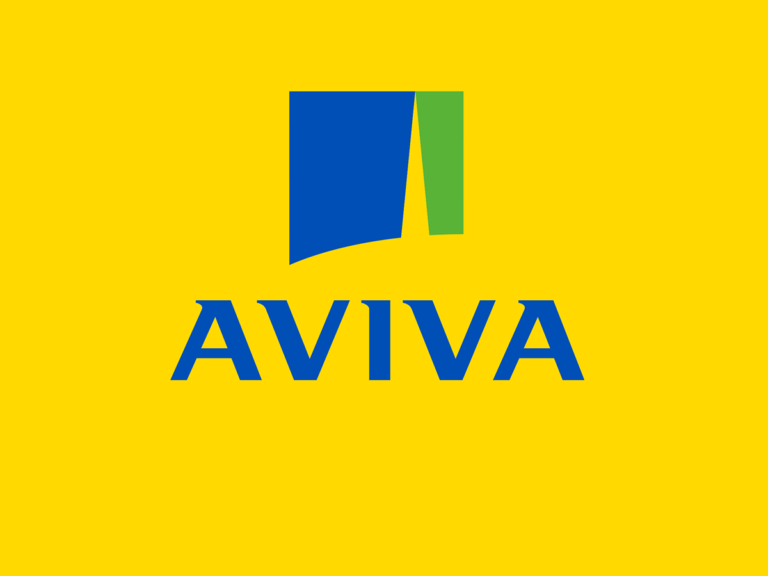Title Page
-
Date
-
Completed by
-
Location
-
To view our Loss Prevention Standard that supports this checklist, please view the following link : https://broker.aviva.co.uk/documents/view/aviva_arson_prevention_lps.pdf
Management Procedures
-
1. Does your business have an up to date arson risk management policy, with a designated individual nominated to oversee it?
-
2. Has a competent person(s) been appointed to complete an arson risk assessment?
-
3. Has the arson risk assessment been completed and is it up to date, covering the following areas:<br>• Identification of the susceptibility of the premises to a fire being maliciously started?<br>• Identification of potential hazards?<br>• Identification of potential arsonists?<br>• Eliminating, reducing or controlling the identified hazards?<br>• Reviewing existing security and fire protection arrangements to determine whether they are adequate or require improving?<br>• Reviewing and regularly updating the arson risk assessment?
-
4. If applicable, have you shared your findings with other individuals/companies who share your premises?
-
5. If new premises are being considered, has an arson risk assessment been completed before moving?
-
6. Are efforts made to maintain good staff relations?<br>During a Managing Change process involving issues such as redundancy and restructure programmes, are arrangements in place to deal with disgruntled employees, site closures, etc.?
-
7. Are new employees vetted and references sought and verified?
-
8. Are supervisory staff informed of their responsibilities to minimise the potential for arson?
-
9. Is a record of all visitors/contractors entering the site maintained?
-
10. Are employees trained in arson-awareness and preventative measures?
-
11. Are procedures in place to ensure that all fires are investigated, and those which appear to have been deliberately started reported to the Police?
-
12. Is fire safety induction training provided to contractors, temporary workers, etc.?
-
13. Are employees actively encouraged to challenge anyone on the premises not displaying the correct identification cards, and/or behaving suspiciously?
-
14. Has contact been made with the local Fire & Rescue Service or the Police to build relationships with these organisations, and to improve awareness of local concerns and initiatives around arson (both services may also be able to offer arson-preventative advice)?
-
15. Have you liaised with nearby companies to discuss issues regarding arson, including reports of anti-social behaviour, fly-tipping, vandalism, etc.?
Physical Security Measures
-
16. Is the perimeter fencing deemed high enough (2.4m) and strong enough to deter intruders?<br>Is the fencing in good condition and regularly inspected with any damage immediately repaired?
-
17. Are perimeter gates and doors without significant gaps beneath?
-
18. Are the premises’ loading bays, doors and windows located back from the main gates and other points of entry to the site?
-
19. Has vandal resistant security lighting been installed in strategic/vulnerable positions around the premises, including external storage areas?<br>Is the security lighting designed to permanently operate overnight?
-
20. Has the number of building entrances been arranged to be the minimum possible, but in accordance with safe means of escape in the event of an emergency?
-
21. Are building entry points (including yard areas, flat roofs etc.) supervised/monitored or adequately secured?<br>Can trespassers enter your site from adjacent properties?
-
22. Has consideration been given to ensuring that entry to accessible roofs and external stairways is secure (access should also be prevented from surrounding buildings or walls)?
-
23. Are external doors, windows, roof-lights and shop fronts adequately secured, with additional protections installed for vulnerable entry points?
-
24. Are all building keys suitably managed, accounted for and audited?
-
25. Do letter-boxes have metal receptacles fitted to the inside of the slot to contain any fires from lit paper, rags, etc.?
-
26. Are gaps beneath external doors minimised?
-
27. Is the building securely locked overnight and inspections carried out to ensure that waste materials are removed, flammable liquids/gases locked away, valuable items concealed/secured, etc.?
Guard Services
-
28. Are security guards permanently present on the site, i.e. 24 x 7 x 365, or only when the site is vacant, e.g. overnight, weekends, shutdowns, Bank Holidays, etc.?
-
29. Have checks been completed to ensure that the procedures of the guarding company comply with industry standards?
-
30. Are the security guards trained, supervised and licensed, e.g. Security Industry Authority (SIA)?
-
31. Have all security guards been appropriately vetted with references verified?
-
32. Are arrangements in place for lone security guards sited at unattended locations to communicate with control centres, including ensuring they are provided with personal safety devices?
-
33. Have security guard patrol routes and patrol verification devices been agreed?
-
34. Have details of their responsibilities been provided to all security guards?
-
35. Do all security guards know what their role is in an emergency situation…….<br>• during operational hours?<br>• when the site is vacant?<br>• when they are alone?
-
36. Are the security guards aware of the whereabouts of any site emergency pack held on the premises, and do they know the location of any relevant isolation points/shut-off valve points, etc.?
-
37. Are the security guards informed in advance of visitors to the site?
Intruder Alarm Protection and CCTV Surveillance
-
38. Have the premises been be fitted with an intruder alarm system and does it comply with BS EN 50131-1?
-
39. Is the supply, installation and maintenance of the intruder alarm undertaken by an alarm company approved by a UKAS-accredited certification body?
-
40. Is activation of the alarm notified, using a secure monitored connection, to an Alarm Receiving Centre (ARC) approved and certified by a UKAS-accredited certification body?
-
41. Has a CCTV camera system been installed, and does it comply with BS 8418?
-
42. Does the CCTV system cover vulnerable areas including all site entrances, and is sufficient lighting provided over night to enable images to be clearly viewed?
-
43. Are CCTV images recorded in colour?
Waste Control and External Storage
-
44. Are external bulk waste material storage areas (containing wheelie bins, waste bins, skips, etc.) positioned more than 10m clear of any buildings and at least 2m away from perimeter fences, and are they clear of trees, vegetation, and potential ignition sources?
-
45. Is waste segregated, ensuring incompatible substances are kept apart from each other?
-
46. Has a suitable area of the site been designated for the storage of all combustible waste materials?
-
47. Is waste kept in metal non-combustible containers fitted with self-closing metal lids that are secured/locked when not in use?
-
48. Are precautions in place and additional collections arranged to prevent waste bins/containers being over-filled and over-spilling?
-
49. Are additional collections arranged and precautions in place to ensure all waste bins/containers are left empty prior to shut down or holiday periods?
-
50. Are waste bins/containers stored clear of fire escape doors/exit routes and fire points/hydrants?
-
51. Is all waste removed from the building at the end of each shift or at the end of the day’s work to a designated external remote storage area?
-
52. Are flammable liquids and gases stored separately in proprietary non-combustible and secure containers/tanks, with suitable spillage containment provided, and are volumes kept to a minimum?
-
53. Is all vegetation located near to the premises and around the perimeter of the site, cut-back and maintained to allow a clear view of the site (as this potentially provides both a source of fuel and concealment for individuals)?
Automatic Fire Alarms
-
54. Has a fire alarm system been installed in the premises which conforms to BS 5839 Part 1:2013 Category P1, or in accordance with the findings of the organisation’s arson risk assessment?
-
55. Is the system designed, installed, commissioned and maintained in accordance with a suitable third party certification scheme?
-
56. Does the system have remote signalling to a certificated Alarm Receiving Centre (ARC)?
Fire Protection Systems
-
57. Is the building’s fire compartmentation consistent with the needs of the site?
-
58. Are arrangements in place for fire-stopping during maintenance or refurbishment projects?
-
59. Are an adequate number of portable fire extinguishers provided which are regularly inspected and maintained; and is routine training in their use provided to designated individuals?
-
60. In accordance with the findings of the organisation’s arson risk assessment, and if the risk of arson is deemed to be significant, has a remotely monitored automatic sprinkler system conforming to the Loss Prevention Council (LPC) Rules for Automatic Sprinkler Installations 2015 incorporating BS EN 12845 been installed throughout the building?
-
61. Is all fire protection equipment regularly tested, inspected, serviced and maintained in accordance with the requirements of the applicable design standard?
Vacant Buildings
-
62. Have all combustible materials been removed from the building, both internally and externally?
-
63. Have all utilities been isolated, other than those which are required for fire and/or security protection systems and safety systems?
-
64. Have all fuel tanks been drained down and the contents removed?
-
65. Is the property maintained in a good state of repair?
-
66. Are all external points (doors, windows, roof-lights, letter-boxes, etc.) adequately secured and sealed?
-
67. Has consideration been given to installing additional security protection measures, including remotely monitored intruder alarm and CCTV systems, security guarding, etc.?
-
68. Is access to the premises restricted with visits formally recorded?
-
69. Are buildings regularly inspected (at least weekly) to check on both internal and external conditions, with formal inspection records maintained?<br>Are all issues noted during these inspections promptly dealt with?
Sign Off
-
Additional Comments
-
Completed by (Name and Signature)















